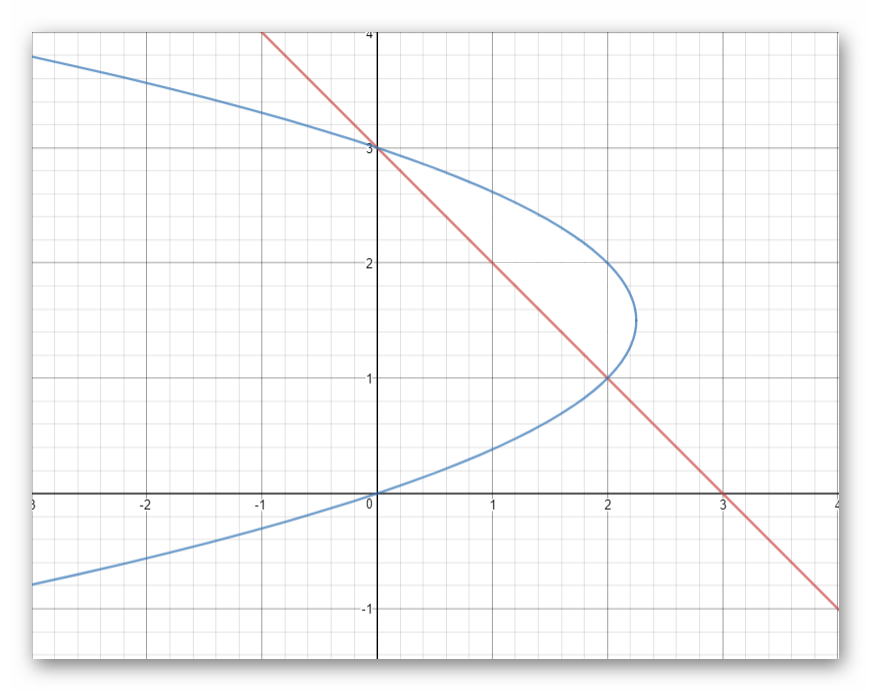F(y)=3-y and g(y)=3y-y^2 finding following?
1.The area bounded on the top by f(y),below by g(y),and on the left by y-axis?
2.use shell method to find the volume of the solid generated by revolving the region in part 1 about x-axis?
1.The area bounded on the top by f(y),below by g(y),and on the left by y-axis?
2.use shell method to find the volume of the solid generated by revolving the region in part 1 about x-axis?
1 Answer
1)
2)
Explanation:
1)The area between two curve due to
lets find the interval of the integral:
the interval of the integral due to y-axis
now lets setup the integral :
2)To find the volume by using shell method the the region revolving must be parallel to the axis of revolving.
in the last example the region the region bounded by the curves revolving around the x-axis so it must be parallel to x-axis.
The volume by shell method due to x-axis is given by:
show below the region bounded by the curves(empty region):
 james
james

